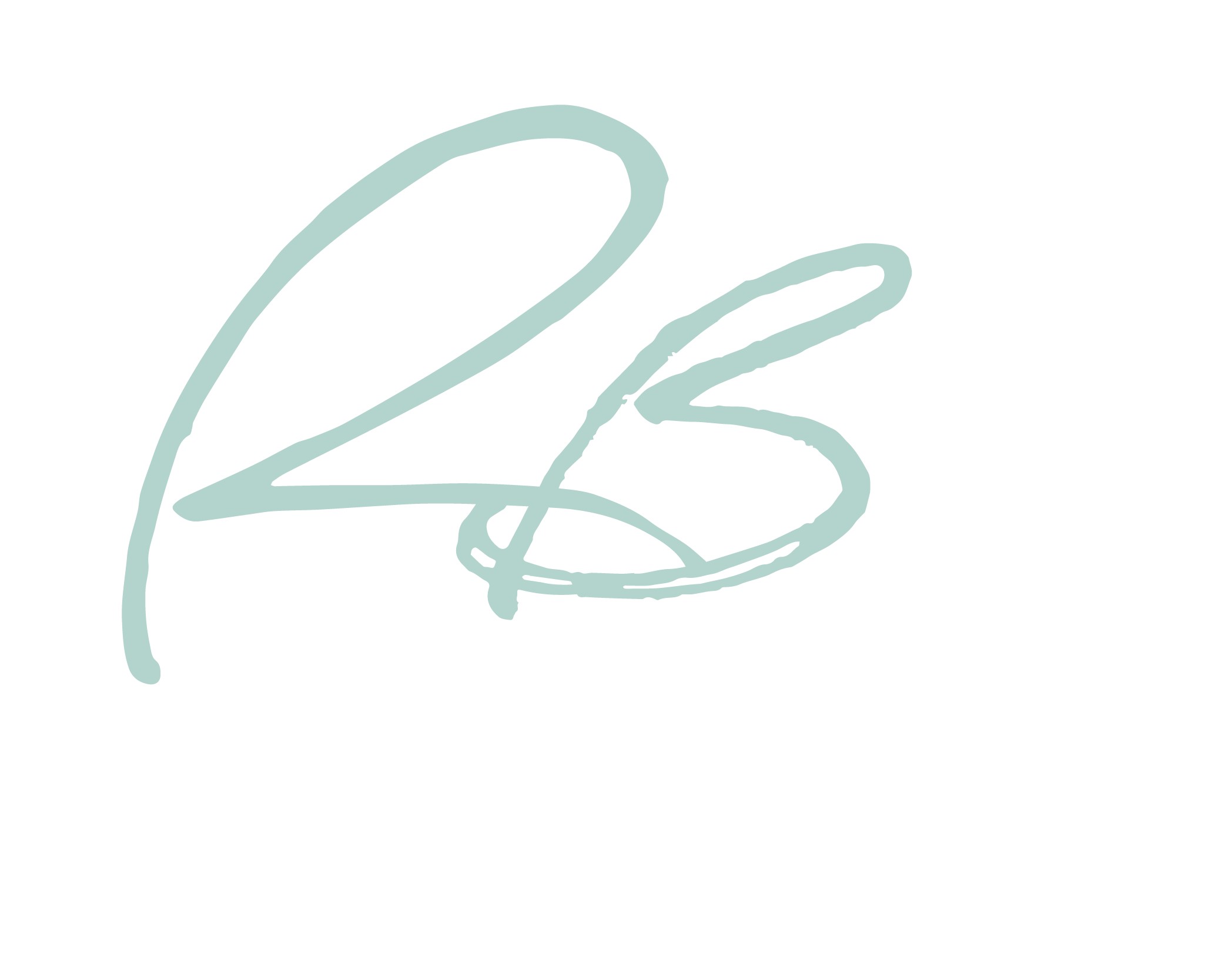If you are an employee, your employer sorts out PAYE on your behalf. But when you’re self-employed, you need to pay your own income tax.
For example, if you earned $100,000 from your business, the income tax on that income would be just under $24,000. This can be a lot to pay all at once. Provisional tax breaks your income tax lump sum into installments that are paid throughout the year, smoothing out your tax burden.
How does provisional tax work?
Provisional tax splits up your income tax into payments over the year. The frequency of payments varies from as little as twice a year (28 October and 7 May) or as often as monthly.
Your due dates will depend on whether you are registered for GST and which payment option you choose. There are four payment options available:
- The standard option
- The estimation option
- The ratio option
- The accounting income method (AIM).
The standard option for provisional tax is calculated on your previous year’s income tax, plus 5%. That number, divided by how many times each year you opt to pay, is what you’ll owe for each installment. Talk to us about the other options, and which one might be right for you.
Your provisional tax payments may not be precisely correct at the end of the tax year. You may have paid too much (if you’ve earned less than expected) or too little (if you’ve earned more). Overpayment will result in a tax refund, while underpayment will mean you still owe more to IR at the end of the year.
If you think that your income is going to be substantially more or less than last year as we may be able to estimate a more accurate figure. We can help you figure out how to determine your payment option as well as calculating your payments.
When does provisional tax kick in?
If your last total income tax for the year was below $5,000 (an income below about $34,000), you don’t need to pay provisional tax.
Once you earn enough to put you over that $5,000 threshold, you start paying provisional tax. It can be tricky in years when you move up to the provisional tax threshold, but you still owe the tax from the previous, lower-earning year. You might end up paying both provisional tax for the current year and end-of-year tax from a previous year. We can talk to you about how to manage that situation.
We can help you navigate provisional tax
You can read more on provisional tax here, and we can provide you with tailored advice for your life and your business. We can make sure you don’t pay too much tax, figure out an optimal frequency for your situation, and help your cashflow remain steady. Get in touch, we’d love to hear from you.

